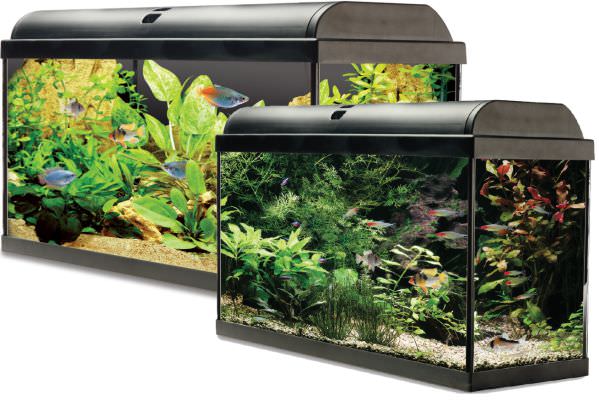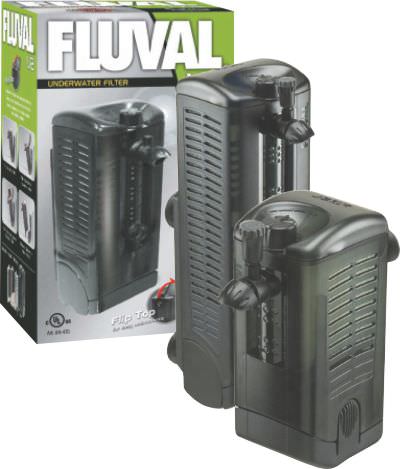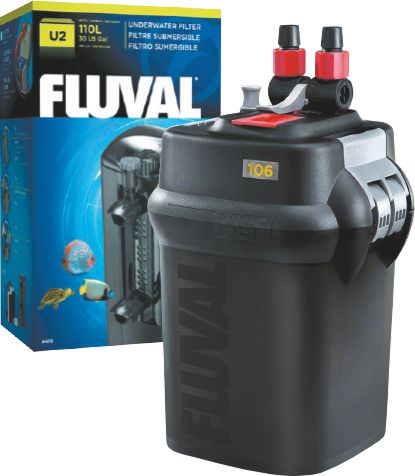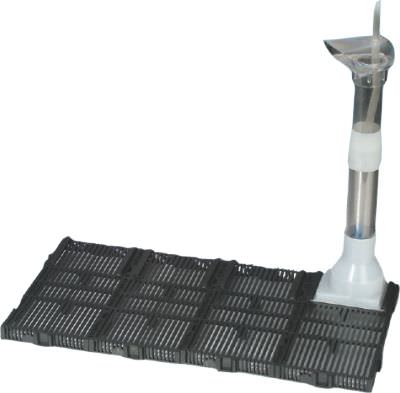The filter is the life support system of any aquarium. Fish produce pollution from breathing and defecating, and if not removed or broken down, that pollution can kill fish as they are not equipped to swim and survive in their own waste.
In nature, fish waste products like toxic ammonia are diluted by the sheer volume of water or swept away downstream. In the aquarium water volumes are limited and we cannot change water constantly, so we employ a bit of engineering and a little help from Mother Nature to do the job of filtration.

Benefits
Filtration keeps the water clear, aerates it in some cases, and breaks down fish waste. Without filtration aquarium water would quickly become cloudy and smelly. Worse, your fish could go off their food, become ill and even die. Unfiltered aquariums are fraught with water quality issues and may cause the untimely death of any fish.
Filter media
When it comes to filtering water, it can be done in three ways: mechanically, biologically and chemically. Mechanical filters trap debris and particles in the water. When they have trapped lots of debris they may clog and stop the pump from working, so they must be cleaned or replaced regularly. Common forms of mechanical filter media include sponge and filter wool, or floss.
Biological filtration is perhaps the most important to the fish keeper as without it fish could die from ammonia poisoning. To filter biologically, we use porous media with a large surface area, but that is not what does the filtering – it’s what is living on that media that is important.
Biological media provides a home for naturally occurring nitrifying bacteria. The more media you provide, the greater the surface area and more bacteria can live there.
Biological filter media should never be washed under the tap as chlorine and chloramine will kill the bacteria that you need to purify the tank water. Examples of biological filter media include ceramic and plastic balls or rings. Sponge will also work as a biological filter once colonised with beneficial bacteria.
Chemical filtration is often used to fine-tune aquarium water. The most well-known chemical filter is carbon, or charcoal. Carbon absorbs impurities from water and makes it crystal clear and odour free. Activated carbon is better as it is more porous and has a higher surface area. Resins are also used as chemical filters and can be used to remove phosphate, nitrate and other organic pollutants like ammonia. They can be used alongside other filter media, and phosphate and nitrate resins can be used to control algae.
Types of filter
Filters can be divided into internal and external, and power filters and air-powered filters. Internal filters sit inside the tank whereas external filters sit underneath the tank in a cabinet, hang on the back of the tank, or can be built into the hood above the waterline.
Internal Power Filters
These are by far the most popular and are most suited to small tanks and beginners. A water pump sits on top of a small canister containing sponge, and water is drawn through the sponge, trapping debris and breaking down waste.
Some internal power filters come with adjustable flow and an aeration device called a venturi, which blows bubbles into the water. Although traditionally available just as mechanical and biological filters, new hi-tech internal filters come with additional chemical filter media and separate biological media.

External Power Filters
The traditional external filter consists of a sealed canister connected to the aquarium by an inlet pipe and an outlet pipe. External filters are larger and more powerful than most internal filters and can hold a lot more media, offering better cleaning and supporting more fish. The superior power of external filters makes them suitable for large aquaria; heavily stocked aquaria like African cichlid tanks; and large fish. External filters are designed to hold a variety of mechanical, biological and chemical media and are versatile so can be packed with the media of your choice. Being fitted underneath the aquarium, it provides ease of access and maintenance with no disturbance to the fish. The best filters are those that come with a priming mechanism, meaning that they are easy to fill and get going straight away.

Air-Powered Filters
Air-powered filters are now largely a thing of the past, but they still have their uses. Air-powered filters are less powerful than power filters so they create a more gentle flow and are less likely to suck up small fish. Because of this, air-powered sponge filters are popular with fish breeders and air pumps consume low amounts of electricity, offering low running costs. Undergravel air-powered filters were once popular but they may hinder plant growth. Undergravels can be upgraded by fitting a powerhead.

Tips on filter selection
Filter choice can depend on your budget, experience and the sort of fish that you wish to keep. You cannot over-filter, so the bigger the better is the order of the day.
External filters can be more expensive to buy and slightly more technical to set up, but they are the best for your fish.
For small nano tanks, an internal power filter will be fine
 British Pounds
British Pounds
